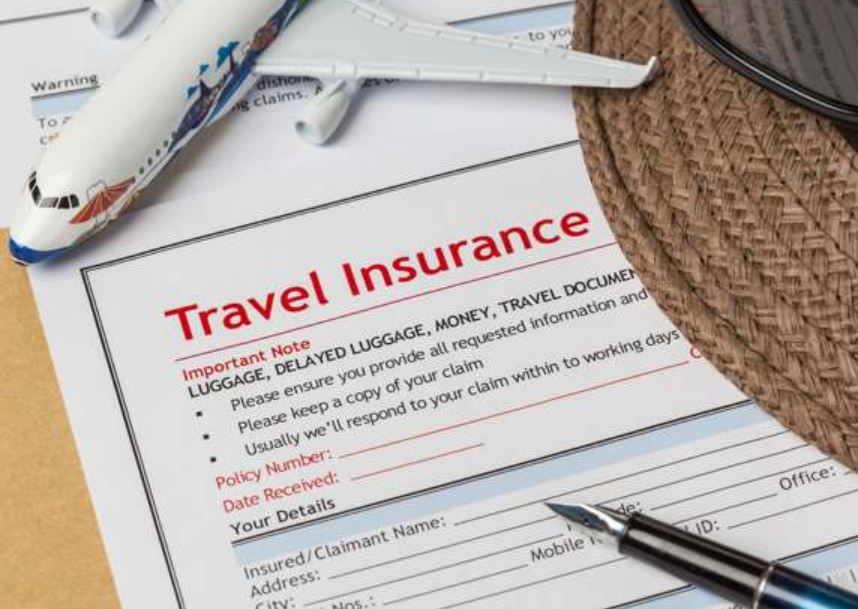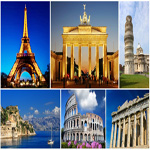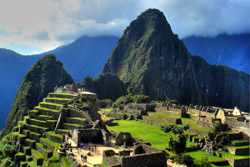Trip Tips and What to Pack for Your
Hawaii Singles Vacation
Passport and Visas
Since Hawaii is in the United States, you won’t need to bring your passport unless you’re visiting from Canada or any other country. Hawaii is different than flying to many other destinations, aboard your flight you will be required by state law to fill out an agricultural declaration form.
Money
Hawaii's currency is the US dollar. Traveler's checks aren't necessary since credit cards are widely accepted and ATM machines are plentiful. Don't worry if you forget something. Hawaii's retail stores and malls have everything you need, including plenty of sunscreen.
Time
Hawaii follows Hawaii Standard Time (GMT-10 hours), which is 5 hours behind Eastern Standard Time and 2 hours behind Pacific Standard Time.
Phone
The area code for the state of Hawaii is 808
Electric Plugs
Electric power is standardized in all states across the USA. It is set at 110 Volts and 60 cycles. The pins of the US power socket are flat and parallel. Earth is half round. If you bring any electrical appliance to the USA, you may need an adaptor to fit the US electrical receptacles. You may also need a converter to change the voltage from 110 volts to 220 volts.
Weather
The average temperature in Hawaii is between 75?-85? F. Summer, between April and November is warmer and drier while winter, between December and March, is a bit cooler. Trade winds keep things comfortable year-round. It's warm in Hawaii, so pack your summer attire. You may want to bring a jacket or sweater for the evenings.
Sun Protection
Even when the sun is hidden by clouds, protect yourself from ultra-violet rays that come through. Before venturing out for the day, it is a good idea to liberally apply sun-block with an SPF of 30 or higher, and don’t forget to reapply after swimming. You may also consider wearing a brimmed hat, sunglasses and long-sleeved shirts and pants for added protection from the sun's rays.
What to Pack for Your Vacation
One suitcase and an overnight bag are allowed – please check with individual airlines for weight limits.
* Comfortable shoes, tennis shoes, sandals – we will be doing a lot of walking
* 2 - Swim trunks or swimsuit - one to wear while the other dries
* Beach cover-up and flip flops
* Mask, snorkels, fins (they are inexpensive at any sporting good stores) or you can rent in Hawaii
* Light, water-resistant jacket that will keep you warm on a cool evening or during a sudden downpour
* Shorts/Skirts/ short sleeved shirts – hot days – cooler nights – Ladies skirts and sundresses are cooler than shorts.
* Bring casual dress clothes or resort wear for experiencing Hawaii's nightlife.
* Tank Tops, Underwear, socks
* Travel-size shampoo and conditioner, toothbrush and paste. Moisturizer – remember to pack in your suitcase – only 3 ounces or less allowed in carry-ons
* Contact lenses and/or extra pair of sunglasses
* Sun block of at least 15 SPF – don’t forget the lips
* Hat for the sun / Water bottle / umbrella to keep sun away
* Camera – and charger – batteries – extra memory cards
* Cell Phone/camera/ computer chargers/adaptors.
* Hair Dryers – flat irons – don’t count on all hotels having them available when you want to use them
* Chargers and Adaptors for all your electronics
* Personal medications / Anti-itch cream for insects bites
* Pepto-Bismol for diarrhea, Throat lozenges, Aspirin/Ibuprofin, Antacid tablets
* Earplugs, Eye Mask (for light sleepers)
* Plastic bags (zip lock bags and a larger trash bag) to store wet things.
* Travel alarm clock or can use cell phone
For what to pack on all singles vacations and more tips - Click Here
Shopping
With only a 4.166% excise tax on your souvenirs, leave plenty of room in your your suitcase for your trip home. Beyond the Hawaiian shirt and muumuus you’ll discover a variety of unique local items including Hawaiian jewelry, quilts, art, ceramics, books, and fashion. Specialty foods to take home include Kona coffee, macadamia nuts, preserves, and other snacks.
There’s actually a very good chance you can meet the artist who produced the itme you are purchasing, which makes Hawaii shopping extra special. From the bustling boulevards of Waikiki to the quaint shops, lively bazaars, and tranquil art boutiques that dot all the Hawaiian Islands, you’ll find that shopping in Hawaii is an adventure all to itself.
Local Foods
If you want to experience authentic Hawaiian meals, never go to expensive restaurants. Instead try local food like the popular Hawaii meal called the plate lunch, consisting of fried fish covered with starch, a little bit of meat with teriyaki sauce and a little salad and gravy. It looks simple but the taste is amazing. Another popular food from carts is the purple mashed Taro corm which is sweeter than a mashed potato.
The most famous local foods are the “pupu,” the Hawaiian word for appetizer and the roasted pig. A typical pupu includes ahi poke, otherwise known as “cubed” ahi. The favored method for cooking a pig involves an underground oven, or imu, layered with crushed banana leaves to create flavor and steam.
North America Travel and vacation Information
Don’t Leave Home without your Passport!





















